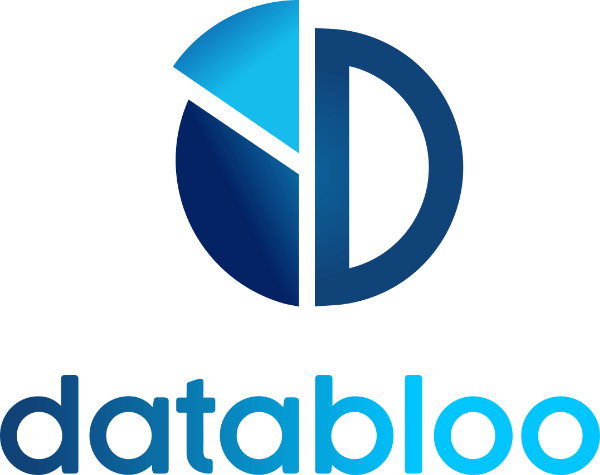Table of Contents
Overview
- Data Source: Page Speed Insights, Google Analytics 4
- Type: Numeric (Time, Score)
- Definition: Page Speed refers to the measurement of how quickly a web page loads and becomes interactive for users. This metric is often broken down into various components, including load time, first contentful paint (FCP), time to interactive (TTI), and an overall performance score provided by tools like Page Speed Insights.
Description
Page Speed is a critical factor in user experience, affecting engagement, retention, and conversion rates. Faster loading pages are more likely to keep users engaged, reduce bounce rates, and improve SEO rankings. Page Speed Insights provides detailed reports on page performance, including diagnostics and suggestions for improvements.
Use Cases
- User Experience Optimization: Improve user satisfaction by optimizing page speed, reducing load times to ensure a smooth and fast browsing experience, particularly on mobile devices where speed is even more crucial.
- SEO Performance Enhancement: Boost search engine rankings by optimizing page speed, as faster pages are favored by search engines like Google, leading to better visibility and higher organic traffic.
- Conversion Rate Improvement: Increase conversion rates by ensuring that pages load quickly, as users are more likely to complete desired actions (e.g., purchases, sign-ups) on faster-loading sites.
- Site Performance Monitoring: Regularly monitor page speed metrics using Page Speed Insights to identify performance bottlenecks and areas for improvement, ensuring consistent site performance over time.
- Technical SEO and Development: Guide technical SEO and web development efforts by prioritizing page speed improvements, using insights and recommendations from Page Speed Insights to address specific performance issues.
Indicators
- Positive Indicator: High scores and fast load times across key metrics (e.g., FCP, TTI) indicate a well-optimized site that provides a good user experience, contributing to better engagement and SEO performance.
- Negative Indicator: Low scores and slow load times suggest performance issues that may lead to higher bounce rates, lower user satisfaction, and reduced SEO rankings, highlighting the need for optimization efforts.

